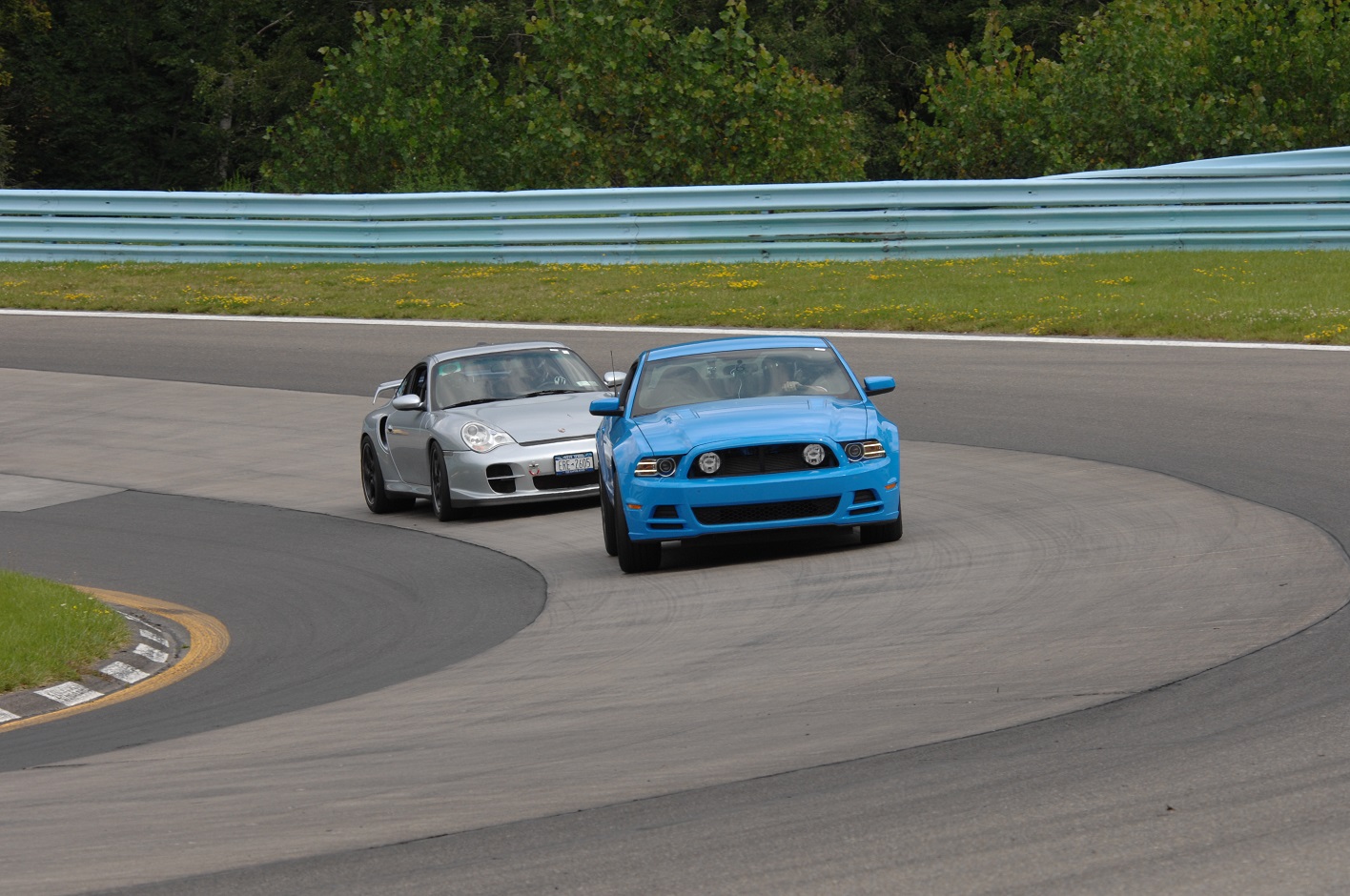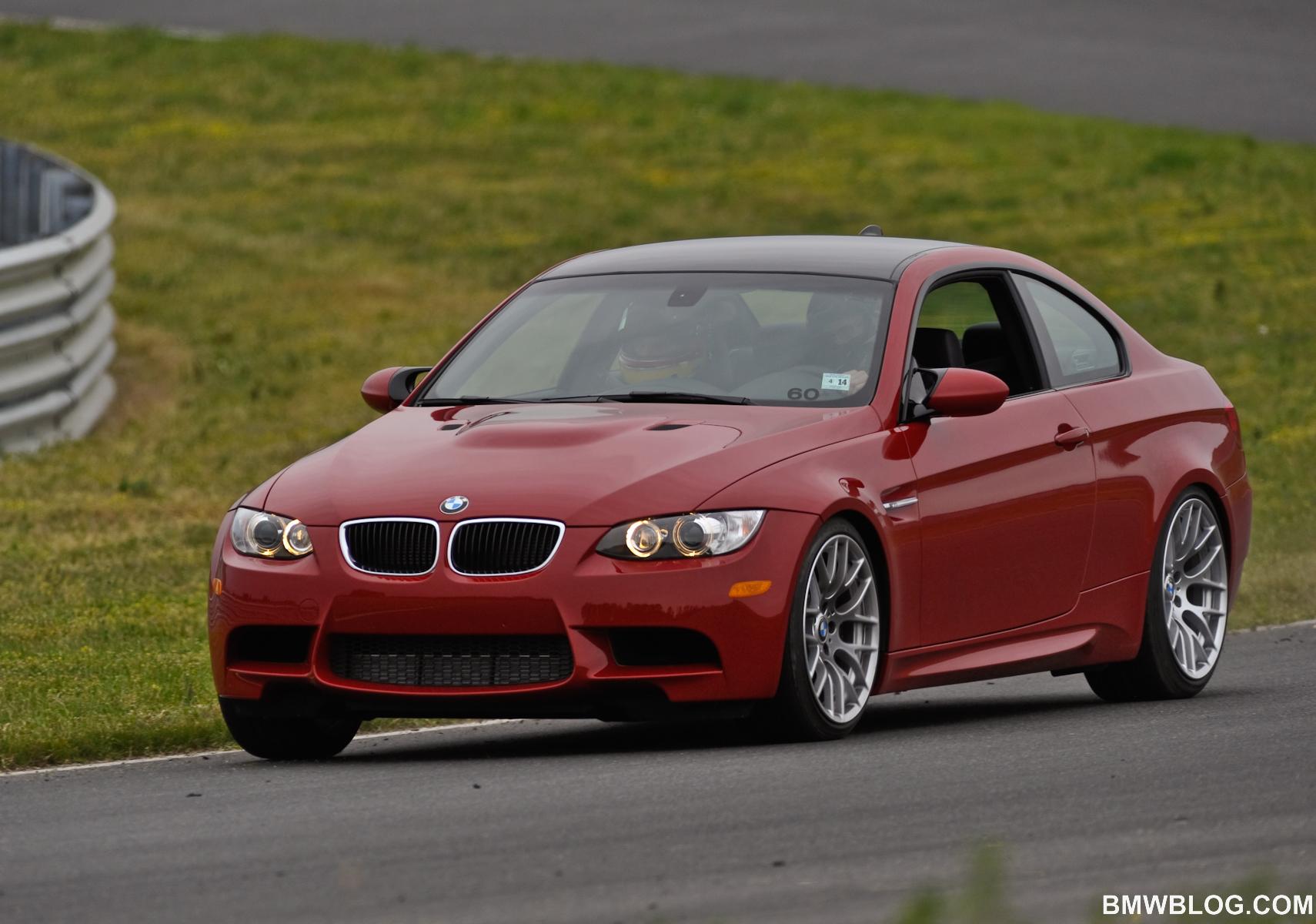Not really surprising.
Car and Driver has been running some of their cars through a K&C rig and publishing the results. I'm way behind on my reading so I've only scanned a couple of them, but the 2013 Mustang was a 2.4°/g car. For comparison a 2013 Honda Accord Sport was out there at 4.1°/g.
Is any of that online? If so, where?
Is this what you're trying to say?
Yes. For some reason the terminology was escaping me.

Don't you mean something like 'more initial oversteer' here, before roll displacement has occurred?
Where would the initial oversteer come from? The car has greater weight up front than in the rear, but the adhesion curve of the tires does not rise linearly with compressive force. Additionally, the front's camber is negative so the contact patch is smaller than it is at some point later.
That sounds to me like a recipe for initial understeer. Of course, you don't get either understeer or oversteer until the adhesion capability of the tires is exceeded somewhere, so you're well into the roll response of the car at that point. And for that, see below.
FWIW, until you get involved with chassis torsional stiffness the amount of roll rotation should be considered constant over the length of the car.
Understood. My thinking on it is this:
The front roll moment is greater than the rear roll moment. Therefore, at the point where the rear would be stabilized in roll due to the weight transfer in the rear, the front has not stabilized. The
additional roll in the front is transferred to the rear via the chassis, which increases the amount of compression force on the outside rear tire while the amount of lateral force there remains the same, and therefore the rear gets greater compression force at the tire and thus greater adhesion. Greater adhesion in the rear than the front gets you understeer.
As far as which one is easier for a novice to drive fast, I suspect that a car that progressively adds the slightly greater amount of understeer is going to be more novice-friendly, and be a little more forgiving. It may also lead to a driver acquiring a habit of adding a little steering 'correction' partway through the turn even if the steering including such corrections is all done 'smoothly'.
The M3 might well behave like that.
What I've noticed from the Mustang's suspension is that if I go into a corner hard enough, I'll get a lot of initial understeer unless I go into it with some trail braking. Once the car is going around the corner, I can control the rear with the throttle. With the stock suspension without camber plates, I was able to make the car "tuck in" by lifting the throttle, but the rear wouldn't come out. With camber plates, I can make the rear come out simply by lifting off the throttle.
So it seems like the car's behavior is basically corner entry understeer (except when trail braking), and mid-corner neutrality (or darned close to it), and corner exit oversteer can be induced if you give it enough throttle on corner exit.
What changes can be made to the car to make corner entry neutral, but otherwise retain the characteristics it seems to have with camber plates?




